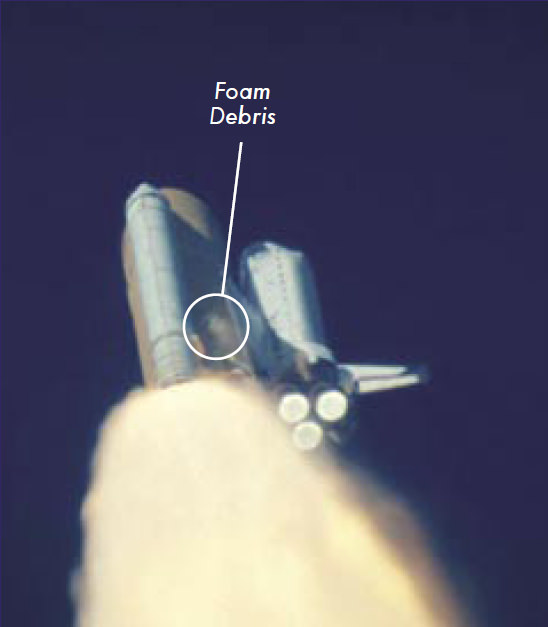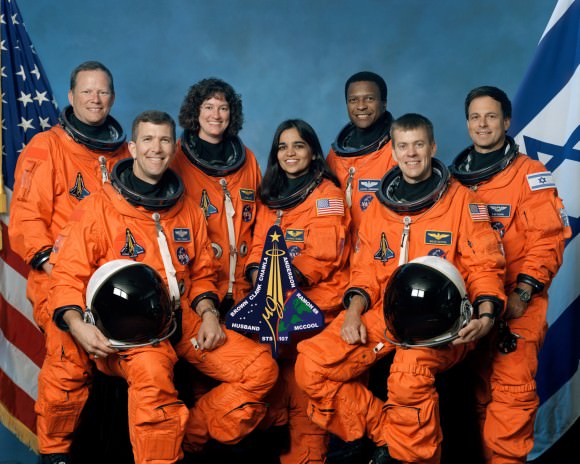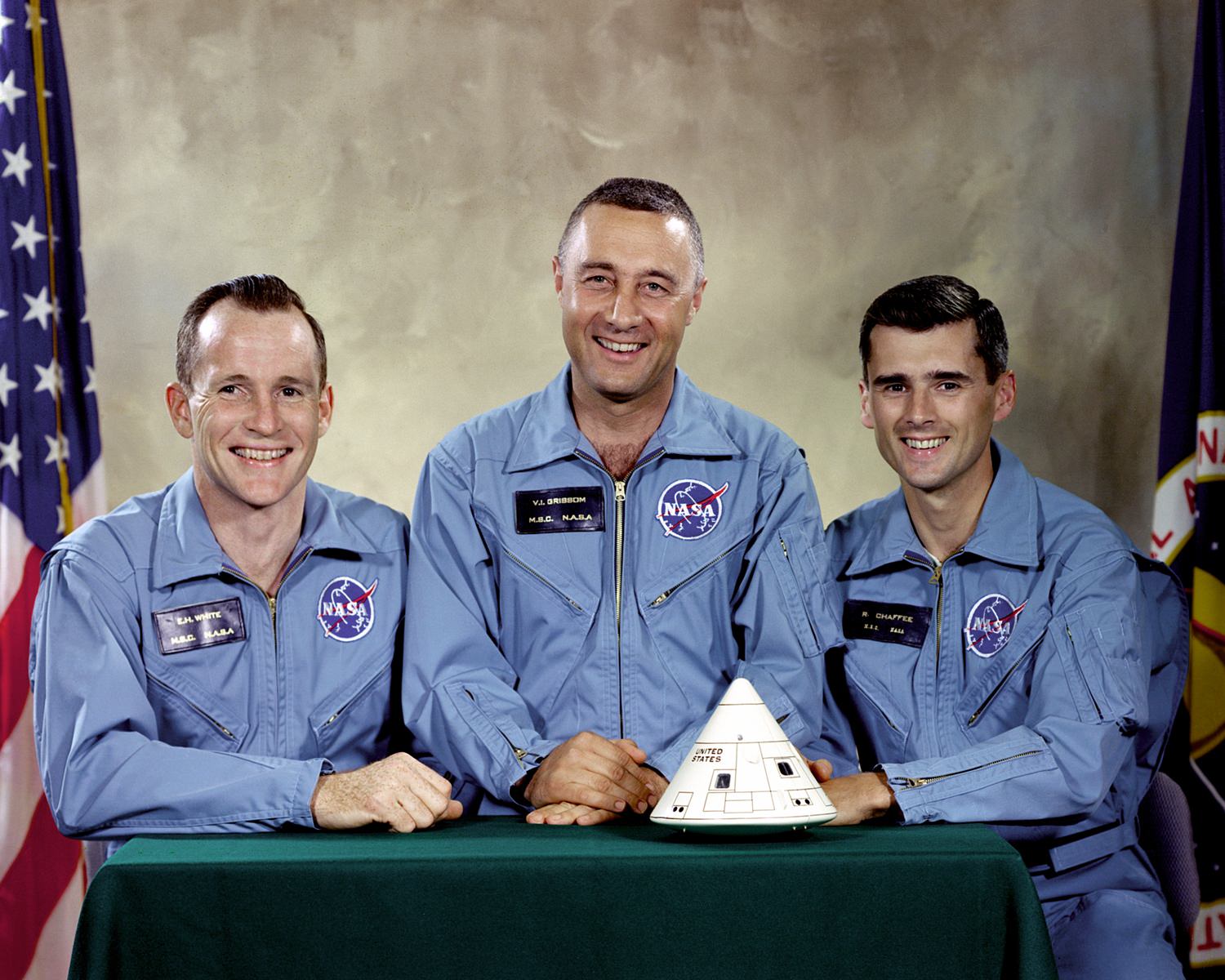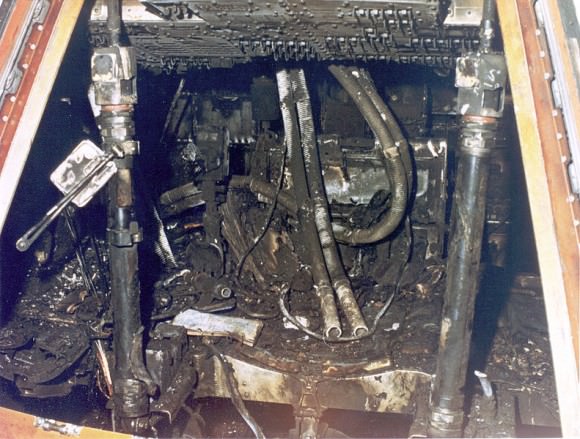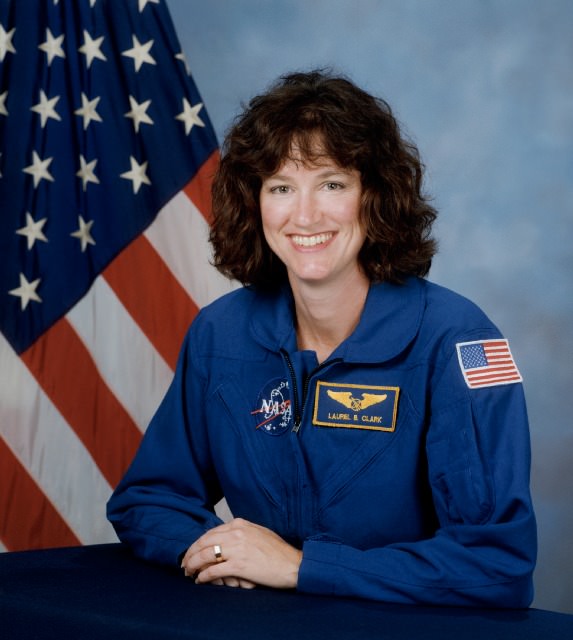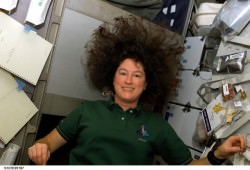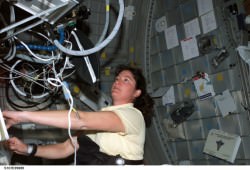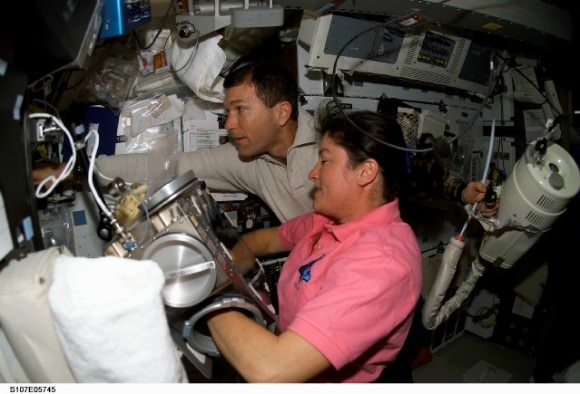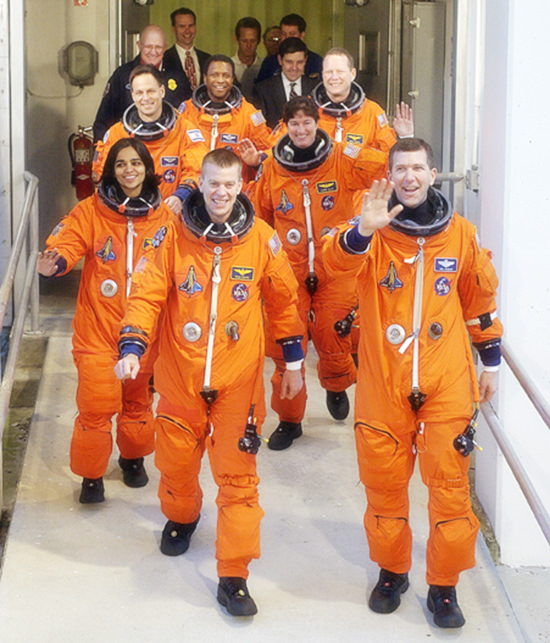When we think of astronauts, we think of humans. But there have been plenty of animals who have traveled in space as well.
When we think of spaceflight, we think astronauts. You’re a human, you perceive the Universe with your human-centric attitudes. You… specist.
The reality is that the vast number of living things sent to space were our animal buddies. This is a tough topic to hit, as it’s kinda sad. More sensitive animal loving viewers might want might to skip this one, or at least grab some tissue. Just don’t shoot the messenger.
We’ve thrown so many different kinds of animals into space, a better question might be: what animals haven’t been in space? It’s a Noah’s Ark salad of living things.
Mice, monkeys, fish, reptiles, frogs, insects, dogs, and of course, those hardy hardy tardigrades, who laugh at the rigors of spaceflight, and eat vacuum for breakfast. We’ve brought them all home safe and sound. Well, some of them. A good number of them. All the tardigrades are fine. I think.
At the beginning of the space age, scientists sent a series of animals in high altitude balloons to test the physical demands of spaceflight. Scientists had no idea whether creatures could even survive high altitude or radiation, so they sent insects, mammals and even primates nearly halfway to space.
This is how we roll. Mostly we make all kinds of weird assumptions about what might happen, and really it’s better to send a handful of bugs than a person. When we first worked out flight, there were concerns all the air would get sucked out of our lungs and we’d just pass out. Sometimes we get a little freaked out.
This high altitude business all seemed to go well enough. So they packed the poor creatures, I mean our brave animal adventurer friends onto left-over German V-2 rockets and fired them on ballistic trajectories, including a few monkeys.
The Russians… oooh, Russians… were the first to send dogs into space, with Tsygan and Dezik. They didn’t actually reach orbit, and were both brought home safely. Good dogs!
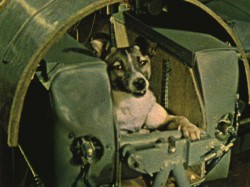
Here’s the one you’re waiting for… Laika was launched aboard the second spacecraft to ever orbit the Earth, Sputnik 2 on November 3, 1957. At that point, scientists weren’t sure if humans could even survive spaceflight, or if we’d just dissolve after soiling our space pantaloons.
Oh, you hu-mans. Soviets chose the toughest dog they could find, a stray mutt they found living on the streets of Moscow. You can’t make this stuff up. Well, I could.
If I did, I’d make it more like, they went to the toughest dog bar in all of Moscow and met the bouncer, Laika at a high stakes winner take all poker-slash-Russian roulette game for all the bones, in a dark smokey dog house in the back.
Originally, it was reported Laika lasted 6 days in orbit, but in 2002, it was uncovered that she actually died shortly after launch. Either way, Laika was doomed, as technology to recover a capsule from space was still a few years off. Apparently there was some kind of race on.
Five months after launch, Sputnik 2 burned up in the Earth’s atmosphere, and Laika’s name still lives on to this day in legend.
In the 50s and 60s, there was a whole series of monkeys sent to space. A third survived their flights and then went on to live long monkey lives, reminiscing about their days of monkey glory hanging out in the primate version of that bar in “The Right Stuff”.
In 1961, Ham the Chimp was sent into space on board a Mercury-Redstone rocket. Ham was trained to believe he was flying the spacecraft. The brave little tyke demonstrated that human astronauts could do the same, as long as they were rewarded with fruit.
Three months later, Alan Shepard followed in Ham’s footsteps, becoming the first American in space. Whether the fruit rewards program was retained is classified.
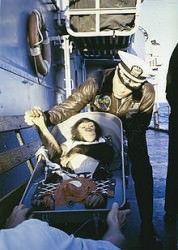
From that point on, it was a river of living things traveling into space: crickets, ants, spiders, newts, frogs, fish, jellyfish, sea urchins, snails and shrimp.
Even cockroaches. Seriously, somebody thought that would be a good idea. I suspect it was part of some kind of secret Atomic SuperRoach program.
One of the most poignant stories of animals traveling to space has got to be the nematode worms that flew to orbit with the Space Shuttle Columbia in 2003.
When the shuttle tore up on re-entry, killing all 7 astronauts, the nematode worms survived the re-entry and crash landing. There were 60 other science experiments on board Columbia, many of which included animals: fish, insects, spiders, bees and even silk worms. Only the nematodes survived.
It wasn’t the originals that they found. Nematodes have a lifecycle of 7-10 days, so the ones they discovered were probably 5th generation removed from the initial spaceketeers.
As you can see, we aren’t the only creatures to go to space. In fact, we’re the minority. Space belongs to the tardigrades, mice and nematode worms.
I for one welcome our horrible waterbear overlords.
Okay, I’m going to brace myself for this one. Do you think it’s ethical to use animals in spaceflight? Tell us your opinion in the comments below.


